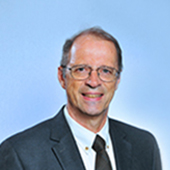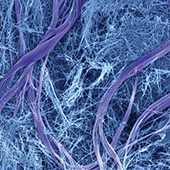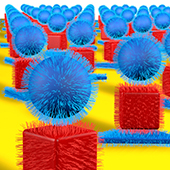
Three CBES investigators land on highly cited researchers list
November 27, 2018
CBES investigators Samuel Stupp, John Rogers and Chad Mirkin were named to the Highly Cited Researchers 2018 List by Clarivate Analytics, which compiled the list by identifying researchers with multiple papers ranking in the top 1 percent of citations for their field and year.
Press:





